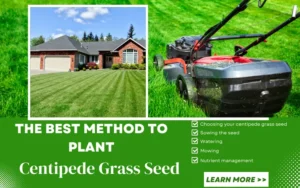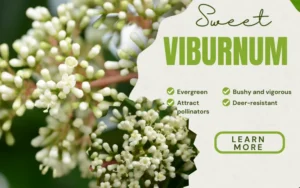In recent years, soilless growing methods 🌿 such as hydroponics and aeroponics have gained popularity among gardeners and farmers alike. With the growing demand for sustainable and efficient farming practices, these techniques have become a viable alternative to traditional soil-based gardening.
Hydroponics 🌱 is a soilless growing method that involves cultivating plants in a nutrient-rich water solution. This technique, which has been utilized for centuries, was already employed by civilizations such as the ancient Babylonians and Aztecs to cultivate their crops. In modern times, hydroponics has gained popularity as an indoor gardening method, allowing individuals to produce their own food throughout the year within a controlled environment.
Aeroponics 💨, on the other hand, is a soilless growing method that is relatively new. It involves suspending plants in the air and misting them with a nutrient-rich solution. Studies have demonstrated that this technique can result in faster growth rates and higher yields compared to traditional soil-based gardening methods.
The growing popularity of soilless growing methods 💧 can be attributed to their potential benefits. Both hydroponics and aeroponics offer precise control over the growing environment, resulting in increased crop yields, improved water efficiency, and reduced environmental impact. Furthermore, these methods enable year-round growing, making them an appealing choice for individuals interested in growing their own food or establishing a small-scale farming operation.
In this article 📖, we will explore the differences between aeroponics and hydroponics, their benefits and drawbacks, and determine which method is best for your growing needs 🌱.
What is Hydroponics?
Hydroponics 💧 is a method of growing plants without using soil. Instead, plants are grown in a water solution rich in nutrients. This method allows for precise control of the growing environment, resulting in higher crop yields and water efficiency.
The basic principles of hydroponics involve providing plants with the necessary nutrients, water, and oxygen for growth. In traditional soil-based gardening, plants rely on the soil to supply these essential elements. However, in hydroponics, nutrients are directly delivered to the plant roots through the water solution.
There are various types of hydroponic systems, each with its own advantages and disadvantages. Here are some of the most popular hydroponic systems:
- Deep Water Culture (DWC): In this system, plants are suspended in a nutrient-rich solution, and an air pump is used to provide oxygen to the plant roots. This system is simple to set up and can be used for a variety of plants.
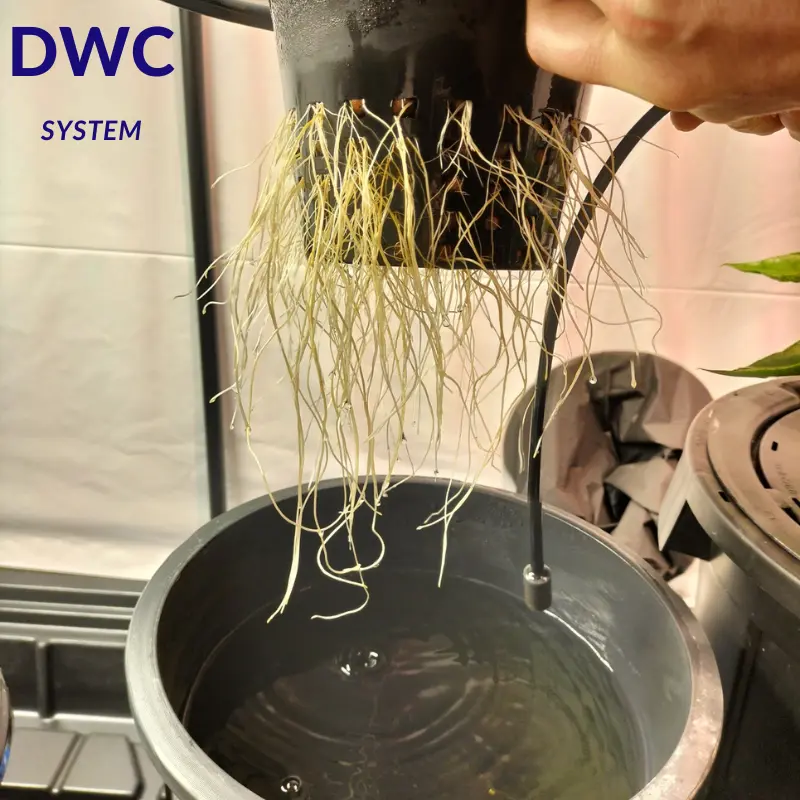
- Nutrient Film Technique (NFT): In NFT systems, a thin film of nutrient-rich solution is circulated over the plant roots, allowing for maximum oxygen exposure. This system is ideal for growing leafy greens and herbs.
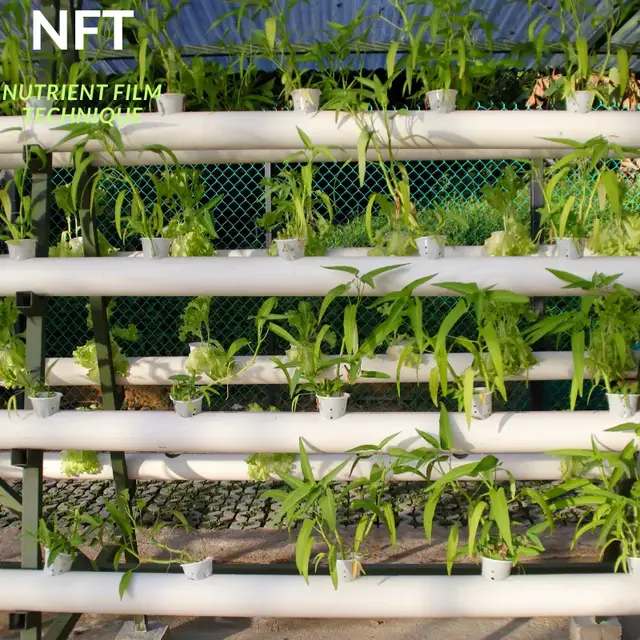
- Ebb and Flow: This system involves flooding the plant roots with a nutrient-rich solution and then draining the solution back into a reservoir. This system is versatile and can be used for a variety of plants.
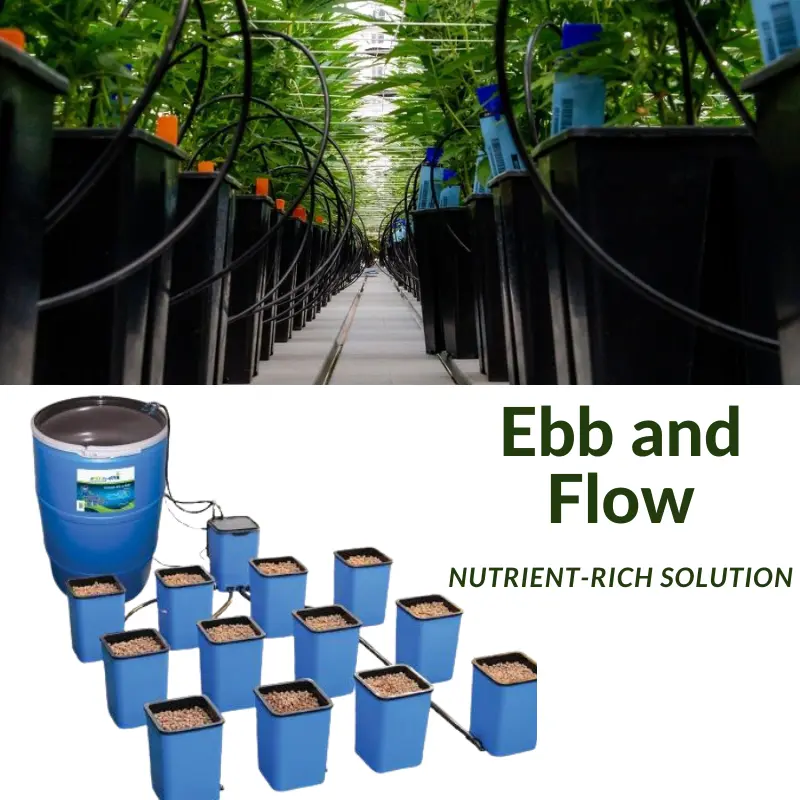
- Drip System: In this system, a nutrient-rich solution is delivered to the plant roots through a drip mechanism. This system is ideal for cultivating larger plants, such as tomatoes and cucumbers.
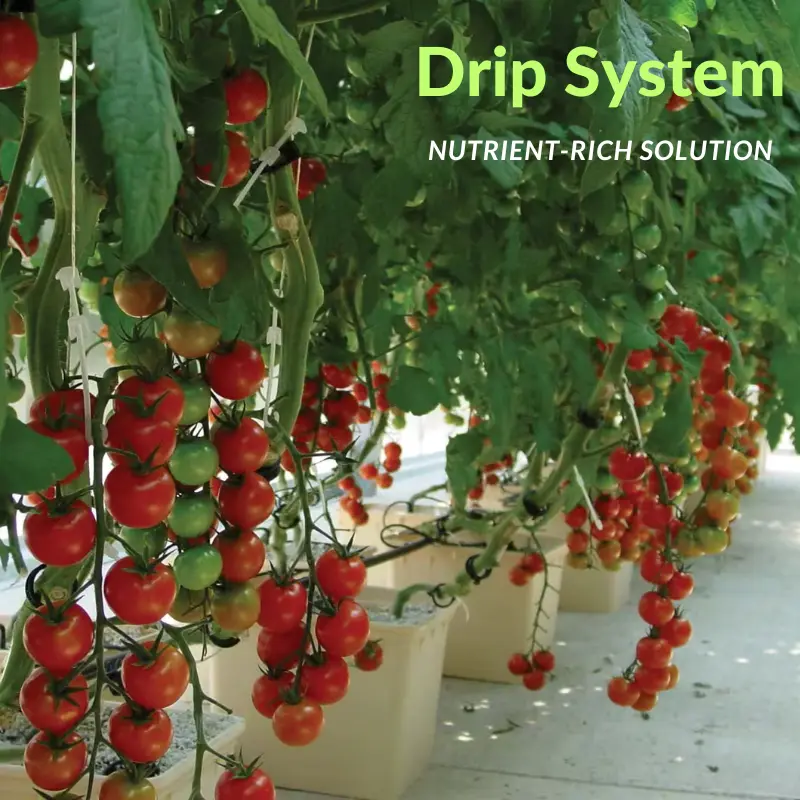
Hydroponics has become a popular method for indoor gardening, allowing people to grow their own food year-round in a controlled environment. With precise control over the growing environment, hydroponics can lead to increased crop yields, improved water efficiency, and reduced environmental impact.
Advantages and disadvantages of hydroponics
If you’re considering 🤔 switching to hydroponics, it’s important to understand the pros and cons of this soilless growing method.
Advantages:
- Faster growth: One of the biggest advantages of hydroponics is faster plant growth. Because plants are receiving the precise nutrients they require, they can grow up to 50% faster than in traditional soil-based gardening.
- Higher yields: With precise control over the growing environment, hydroponics can lead to higher yields than traditional gardening.
- Water conservation 🚰: Hydroponics uses significantly less water than traditional gardening, making it a more sustainable option.
- Controlled environment agriculture 💡: With hydroponics, you gain complete control over the growing environment, which encompasses temperature, light, and humidity. As a result, you can cultivate plants all year round, regardless of harsh climates.
Disadvantages:
- Initial setup cost 💰: While the cost of running a hydroponic system can be lower than traditional gardening, the initial setup cost can be high.
- Potential for disease spread: Because plants are grown in a closed system, the potential for disease spread is higher in hydroponics.
- Technical knowledge: Hydroponics requires a certain level of technical knowledge to set up and maintain. It’s important to understand the nutrient solutions and plant growth requirements to ensure success.
Overall, hydroponics can be a great option for those looking to grow their own food year-round, conserve water, and increase crop yields. However, it’s important to understand the potential drawbacks and be prepared to invest in the initial setup costs.
What is Aeroponics?
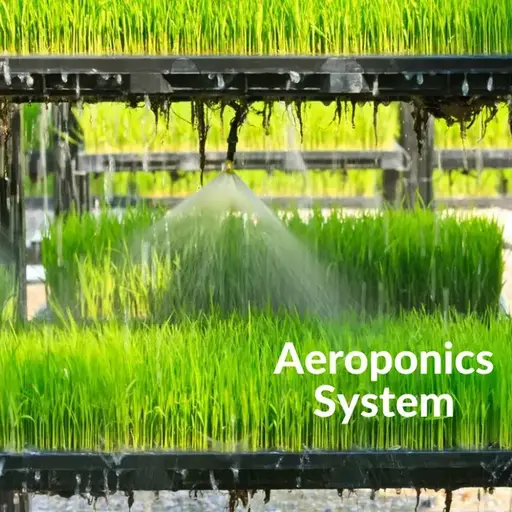
Aeroponics 💨 is a type of soilless growing method that involves suspending plants in air and misting them with a nutrient-rich solution. This method is often referred to as aerial gardening or fogponics.
So, how does it work?
In an aeroponic system, plants are suspended in a closed chamber, and the roots are misted with a nutrient-rich solution. This misting system is usually automated and can be set up to mist the roots at regular intervals.
The nutrient delivery mechanism in an aeroponic system is different from hydroponics. Instead of using a water-based solution, the nutrients are delivered to the plant roots in a fine mist. This allows for maximum oxygen exposure to the plant roots, leading to faster growth rates and higher yields.
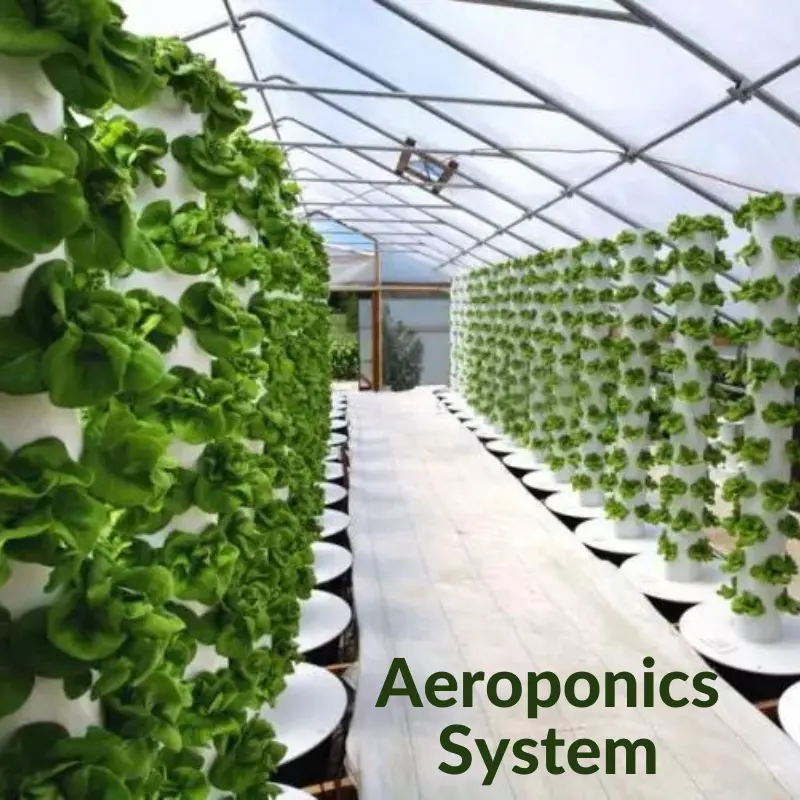
One of the biggest advantages of aeroponics is the potential for vertical farming. Because plants are grown in a closed chamber, they can be stacked on top of each other, making it a great option for urban farming or small spaces.
Aeroponics is still a relatively new soilless growing method, but it has already gained popularity among indoor gardeners and farmers. With its potential for vertical farming and increased crop yields, it’s an exciting method to explore.
Advantages and disadvantages of aeroponics
Aeroponics is a cutting-edge soilless growing method that has a lot of benefits, but it also comes with its own set of challenges.
Advantages:
- Even faster growth 🚀 : Aeroponics can lead to even faster growth rates than hydroponics, making it an attractive option for those looking to grow their plants quickly.
- Maximum oxygen to roots: Because plants are suspended in air, they receive maximum oxygen exposure to their roots, leading to healthier plants and increased growth.
- Efficient nutrient uptake: The fine mist used in aeroponics allows for efficient nutrient uptake by the plant roots, leading to higher yields.
Disadvantages:
- Higher setup cost 💰 : The initial setup cost for an aeroponic system can be higher than hydroponics or traditional soil-based gardening.
- Technical complexity: Aeroponics can be more technically complex than hydroponics, requiring a higher level of technical knowledge to set up and maintain.
- Susceptibility to power outages: Because the misting system in an aeroponic system is usually automated, it can be susceptible to power outages. It’s important to have a backup power source to prevent damage to the plants.
Overall, aeroponics can be a great option for those looking to grow their plants quickly and efficiently. However, it’s important to understand the potential drawbacks and be prepared to invest in the initial setup cost and technical knowledge required.
Differences between Aeroponics and Hydroponics
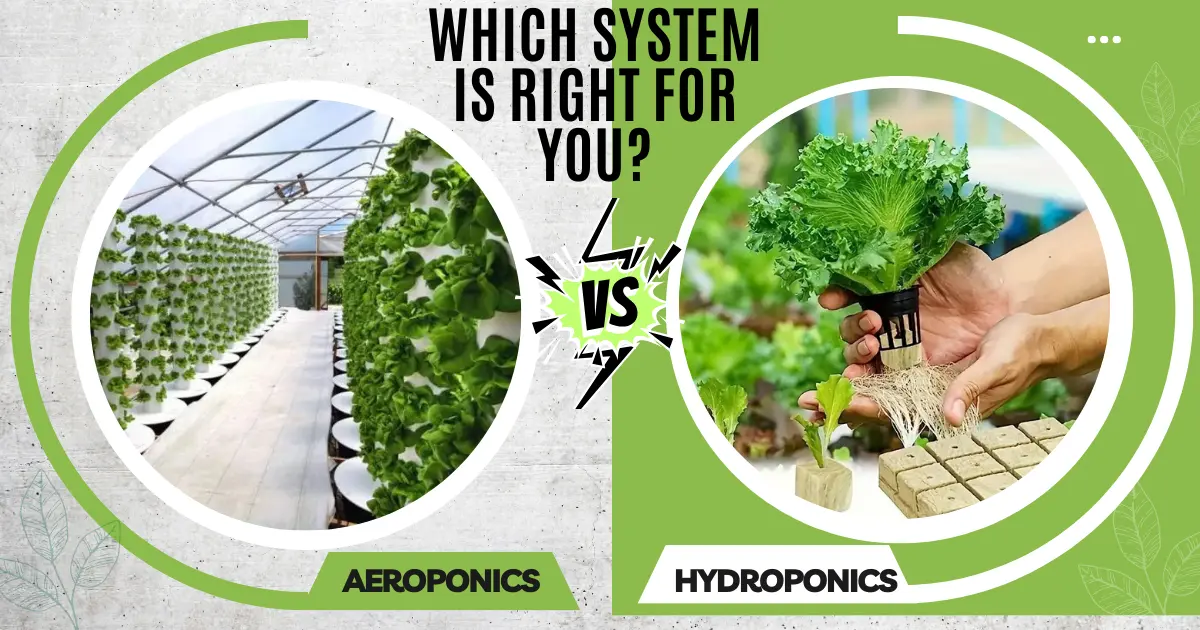
Aeroponics vs hydroponics are two popular soilless growing methods, but they have some key differences.
Growing medium:
One of the biggest differences is the use of a growing medium. In aeroponics, there is no growing medium. Plants are suspended in air, and their roots are misted with a nutrient-rich solution. In contrast, hydroponics uses a variety of growing mediums, such as rockwool, perlite, or coconut coir.
Nutrient delivery:
Another difference is the nutrient delivery mechanism. In hydroponics, plants are grown in a nutrient-rich water solution. The nutrients are delivered directly to the plant roots, allowing for efficient nutrient uptake. In aeroponics, the nutrients are delivered to the plant roots in a fine mist. While both methods deliver nutrients directly to the plant roots, the misting system in aeroponics allows for even more oxygen exposure to the plant roots, leading to faster growth rates.
Root oxygenation:
Speaking of oxygen, the superior oxygenation in aeroponics is one of its biggest advantages. Because the plant roots are suspended in air, they receive direct air exposure, allowing for maximum oxygen uptake. This can lead to even faster growth rates and higher yields.
Water usage:
In terms of water efficiency, aeroponics often comes out on top. Because the nutrient solution is misted onto the plant roots in a fine mist, less water is required than in hydroponics. This makes aeroponics a more sustainable and water-efficient option.
Ultimately, the choice between aeroponics and hydroponics depends on your growing goals and the resources you have available.
| Feature | Aeroponics | Hydroponics |
|---|---|---|
| Growing Medium | Air | Water, perlite, coco coir, rockwool, etc. |
| Nutrient Delivery | Roots are misted with nutrient solution | Roots are submerged in or periodically bathed in nutrient solution |
| Root Oxygenation | Excellent, roots are exposed to air | Varies depending on the system; can be limited in some setups |
| Water Usage | Highly efficient, minimal water usage | More efficient than soil, but generally uses more water than aeroponics |
| Space Requirements | Can be space-saving with vertical systems | Requires more horizontal space than vertical aeroponics |
| Setup Cost | Generally higher upfront cost | Can be more affordable depending on the system |
| Maintenance | Requires careful monitoring and maintenance | Maintenance needs vary depending on the system |
| Suitable Plants | Herbs, leafy greens, vegetables, fruits | Wide variety of plants, including herbs, vegetables, fruits, and flowers |
Choosing the right system for you: Aeroponics vs Hydroponics
When it comes to choosing between aeroponics and hydroponics, there are a few factors to consider.
- Plant Types:
One of the biggest considerations is the type of plants you want to grow. Aeroponics is great for leafy greens and herbs that don’t require a lot of nutrients. The misting system allows for even nutrient distribution and maximum oxygen exposure to the plant roots, leading to faster growth rates. On the other hand, hydroponics is great for larger fruiting plants that require more nutrients. The nutrient-rich water solution in hydroponics allows for efficient nutrient uptake, leading to healthy plant growth.
- Budget:
Another consideration is your budget. While aeroponics can lead to faster growth rates and higher yields, the initial setup cost 💰 can be higher than hydroponics. Hydroponics can be less expensive to set up, but you may need to replace the growing mediums over time. Additionally, ongoing expenses, such as nutrient solutions and energy costs, should be taken into account.
- Technical expertise:
Your comfort level with the technical aspects of each system is also an important consideration. While hydroponics can be less complex to set up and maintain, aeroponics requires a higher level of technical knowledge. However, there are many resources available to help you get started, including online tutorials and forums.
- Space constraints:
Finally, you should consider the space requirements for each system. Aeroponics can be more space-efficient than hydroponics, as plants are suspended in air and don’t require a growing medium. This makes it a great option for urban farming or small spaces. Hydroponics can require more space, especially for larger plants, but it can be scaled up to meet your growing needs.
In the end, the choice between aeroponics vs hydroponics depends on your growing goals and the resources you have available.
Ask yourself the following questions:
- What type of plants do you want to grow?
- How much space do you have available?
- What is your budget for the initial setup and ongoing expenses?
- How comfortable are you with the technical aspects of each system?

If you are a hobbyist seeking the latest technology and rapid growth with smaller plants, then aeroponics might be the right choice for you. This soilless growing method utilizes a misting system to deliver nutrients directly to the plant roots, allowing for even nutrient distribution and maximum oxygen exposure.
On the other hand, if you are a beginner or working with a limited budget, then hydroponics might be a better fit. This soilless growing method uses a nutrient-rich water solution to deliver nutrients to the plant roots, allowing for efficient nutrient uptake. It is also a more versatile method, capable of growing a wider variety of plants than aeroponics.
One hobbyist we know switched to aeroponics for their herb garden and experienced faster growth and higher yields than with traditional soil-based methods. On the other hand, a beginner we know started with a simple hydroponic system and was able to grow a variety of leafy greens and herbs on a budget.
By considering your growing goals and resources, you can choose the right system for your needs.
Tips for success in aeroponics and hydroponics
When it comes to soilless growing methods, the key to success in aeroponics and hydroponics is maintaining optimal conditions:
- Monitoring and adjusting pH levels: One of the most important factors to monitor is the pH level of the nutrient solution. The pH level affects the plant’s ability to absorb nutrients and can impact the overall health of the plant. In aeroponics, the pH level should be kept between 5.5 and 6.5, while in hydroponics, the pH level should be kept between 5.8 and 6.2.
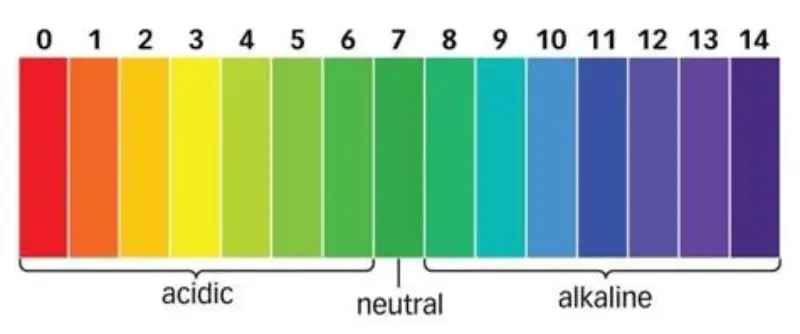
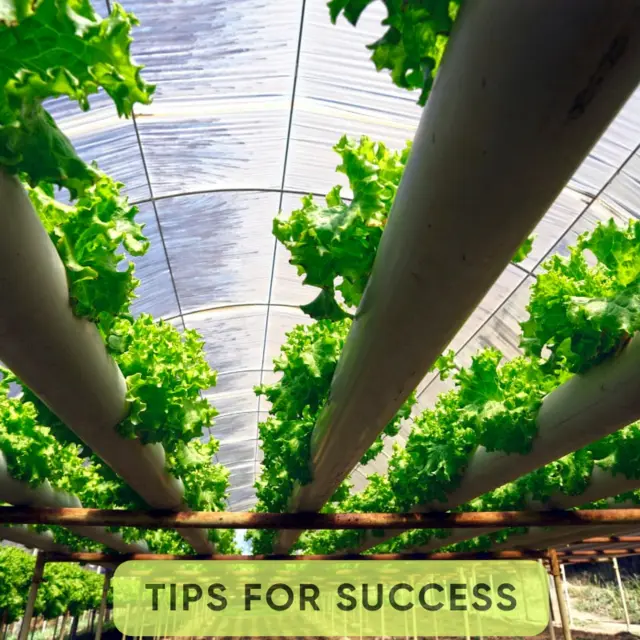
- Monitoring and adjusting nutrient solutions: Another important factor to consider is the nutrient solution. The nutrient solution should be regularly monitored and adjusted as needed. In aeroponics, the nutrient solution is misted onto the plant roots, while in hydroponics, it is delivered directly to the plant roots. Regular monitoring of the nutrient solution can help ensure that the plants receive the necessary nutrients for healthy growth.
- Monitoring and adjusting environmental factors: Environmental factors, such as temperature and humidity, can also impact the health of plants in both aeroponics and hydroponics. It is important to monitor and adjust these factors as necessary. For example, in aeroponics, the temperature should be maintained between 68 and 72 degrees Fahrenheit, while in hydroponics, it should be maintained between 65 and 75 degrees Fahrenheit.
- Maintaining cleanliness: is crucial in both aeroponics and hydroponics. This involves regularly cleaning the system and ensuring that the equipment is free from debris and buildup. Regular cleaning can prevent the growth of harmful bacteria and fungi that can affect the plants’ health.
- Preventive measures: Taking preventive measures can also help in preventing disease outbreaks and pest infestations. This includes quarantining new plants before introducing them to the system, regularly inspecting the plants for signs of disease or pests, and using beneficial insects to control pest populations.
Conclusion
When it comes to soilless growing methods, both aeroponics vs hydroponics have their own unique advantages and disadvantages. Aeroponics offers faster growth 🚀 and maximum oxygenation to the plant roots, while hydroponics offers affordability and versatility.
Which System is Right for You?
The best choice between aeroponics and hydroponics depends on your individual needs and preferences 🤔. If you’re a hobbyist seeking advanced technology and rapid growth with smaller plants, then aeroponics might be the right choice for you. On the other hand, if you’re a beginner or working with a limited budget 💰, then hydroponics might be a better fit.
We encourage our readers to explore both systems and experiment 🧪 to find the one that aligns with their growing goals and resources. By monitoring and adjusting the pH levels, nutrient solutions, and environmental factors, you can ensure healthy plant growth and higher yields 🌱.
We’d love to hear from you! Share your experiences 💬 with aeroponics vs hydroponics and ask questions ❓ to learn more about soilless growing methods. By joining the conversation, we can all learn from each other and grow together 🌱.
FAQs: aeroponics vs hydroponics
Aeroponics is more water-efficient (up to 98% less water usage than traditional soil-based methods) due to the misting system that delivers nutrients directly to the plant roots.
Hydroponics is generally better for beginners due to the simpler setup and lower initial investment.
Aeroponics is better for small plants and herbs due to the high oxygenation and efficient nutrient uptake.
Hydroponics is more versatile due to the variety of growing mediums and nutrient solutions that can be used.
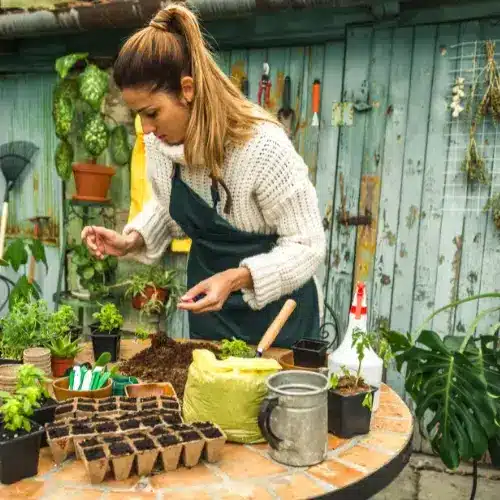
About the Author
With over a decade of hands-on experience in home garden care, I’ve cultivated a deep-rooted passion for nurturing indoor greenery.

